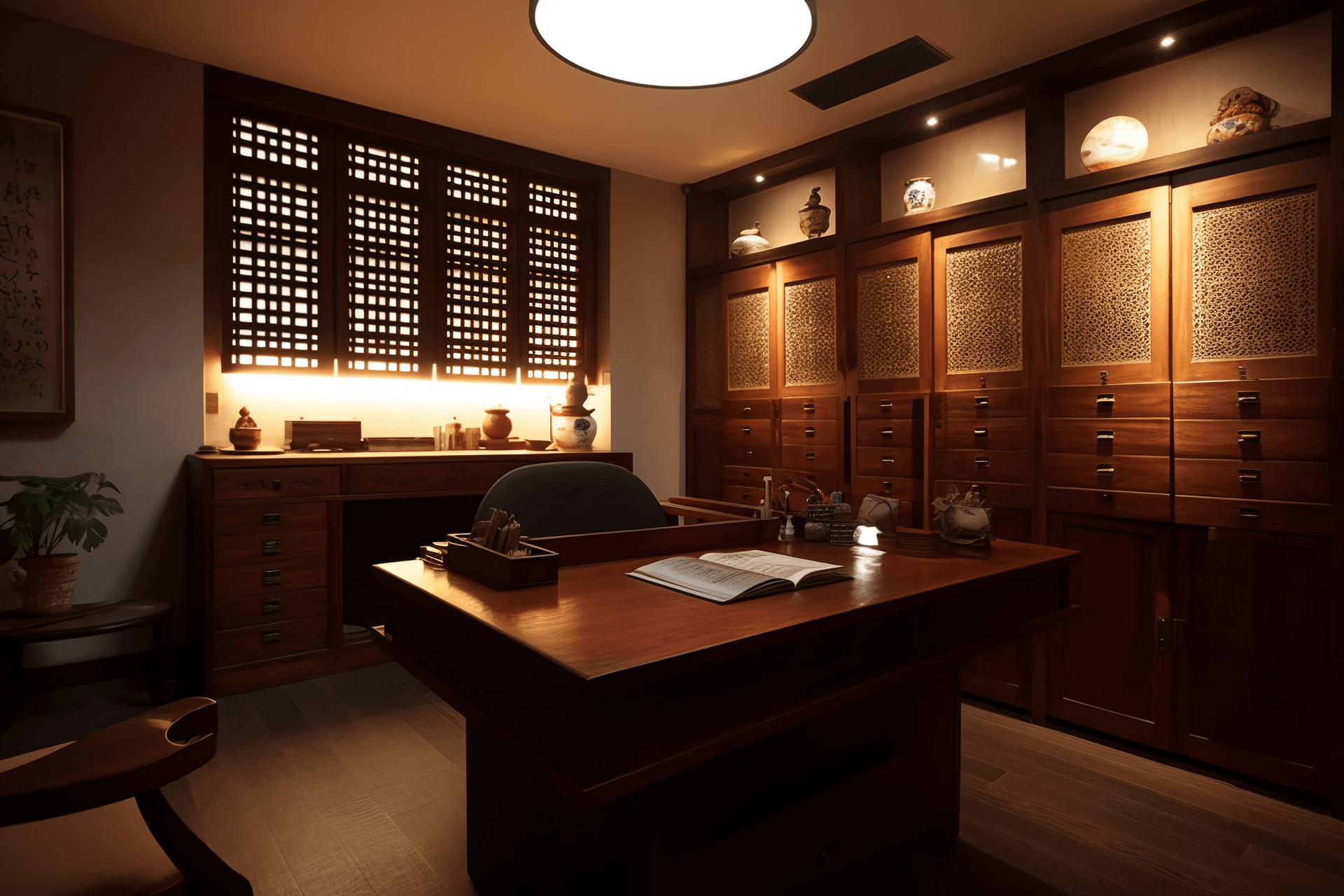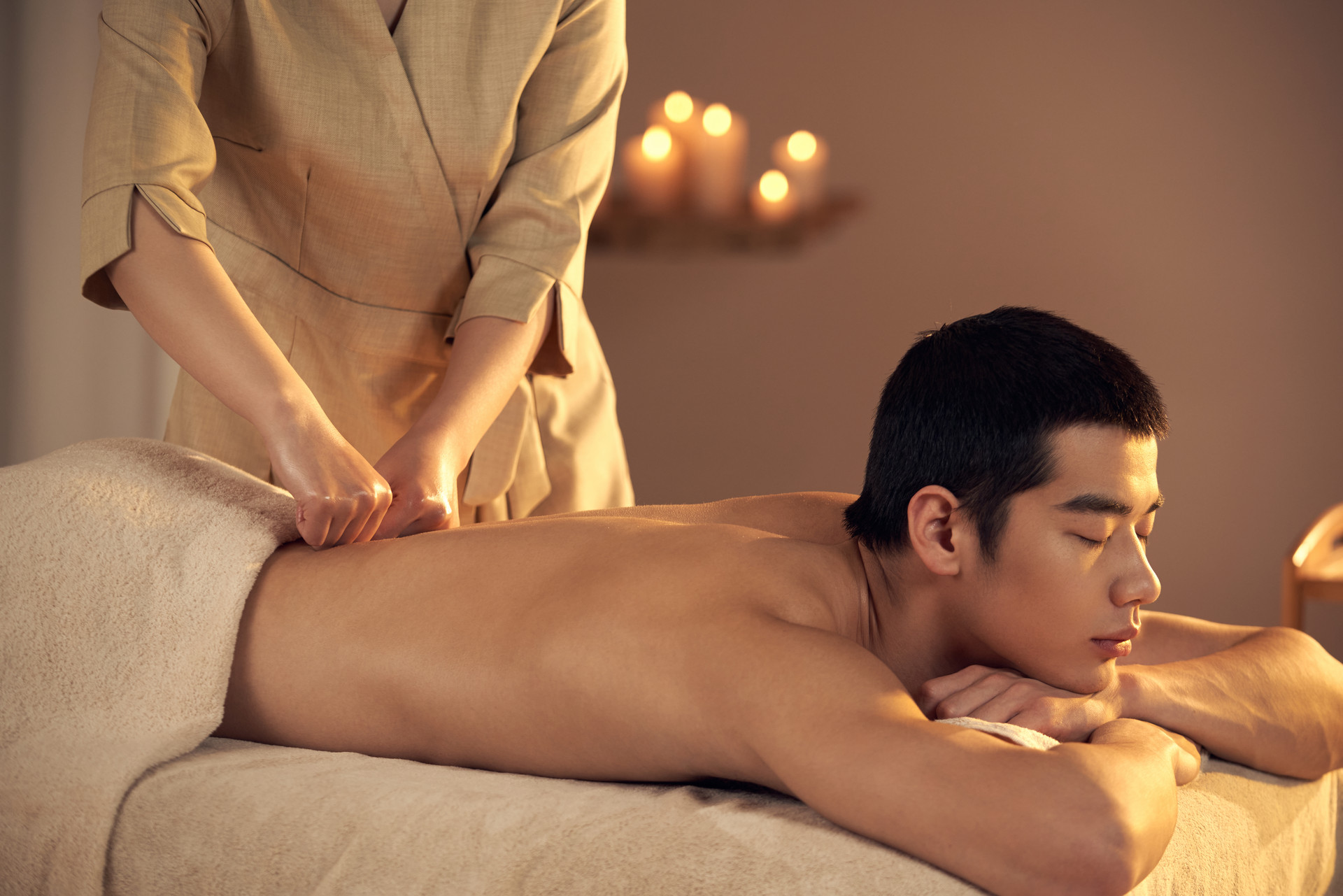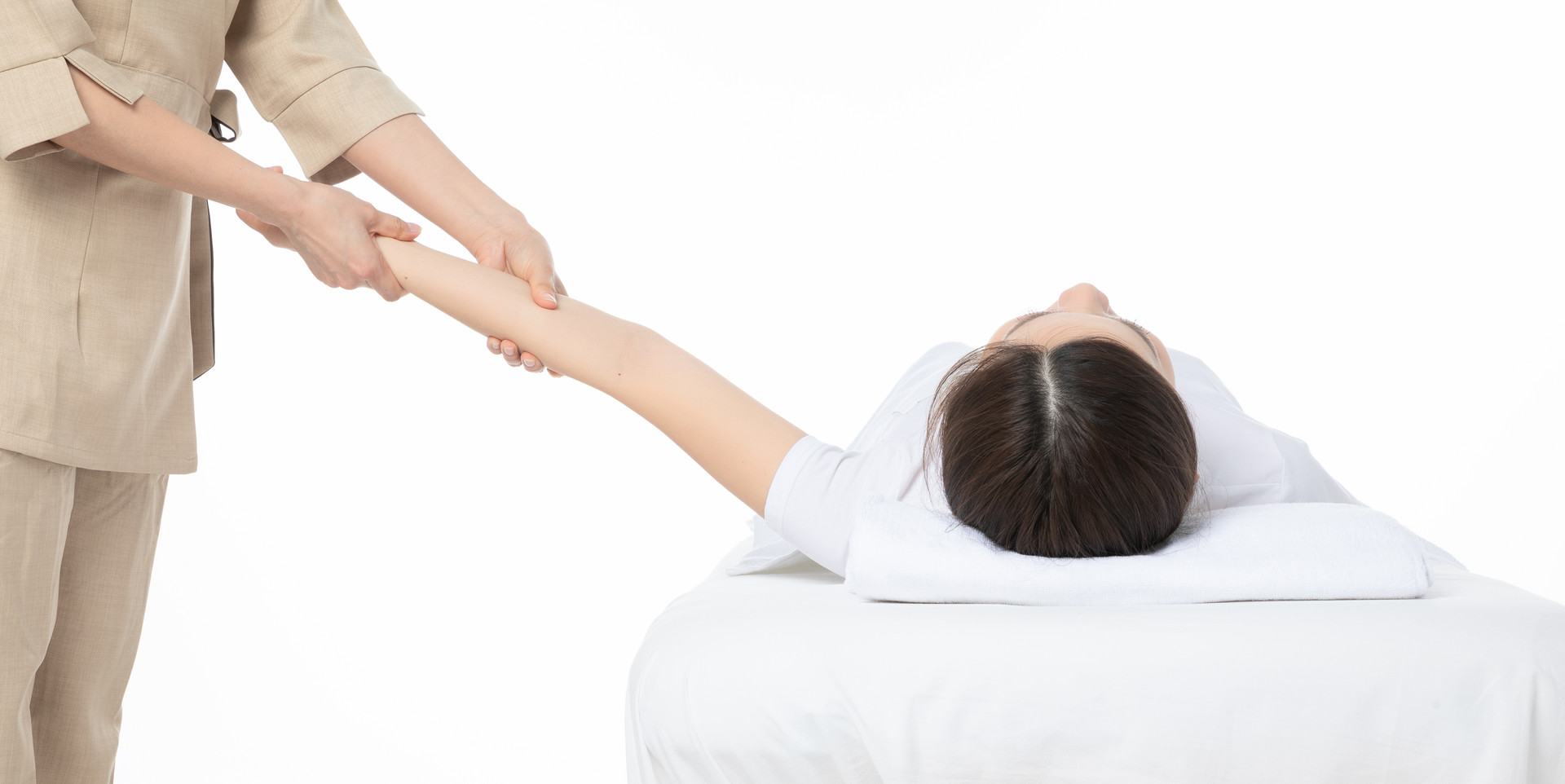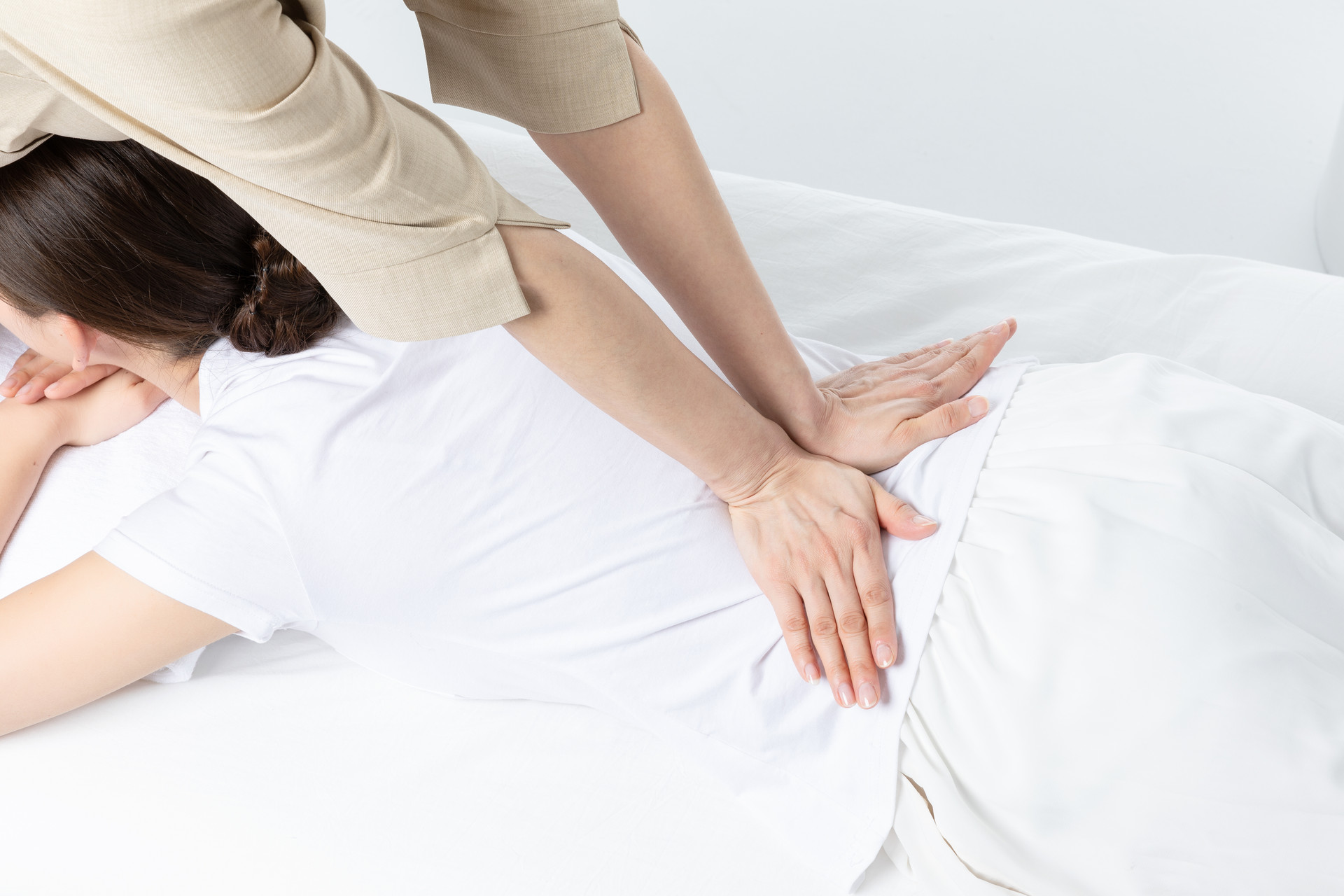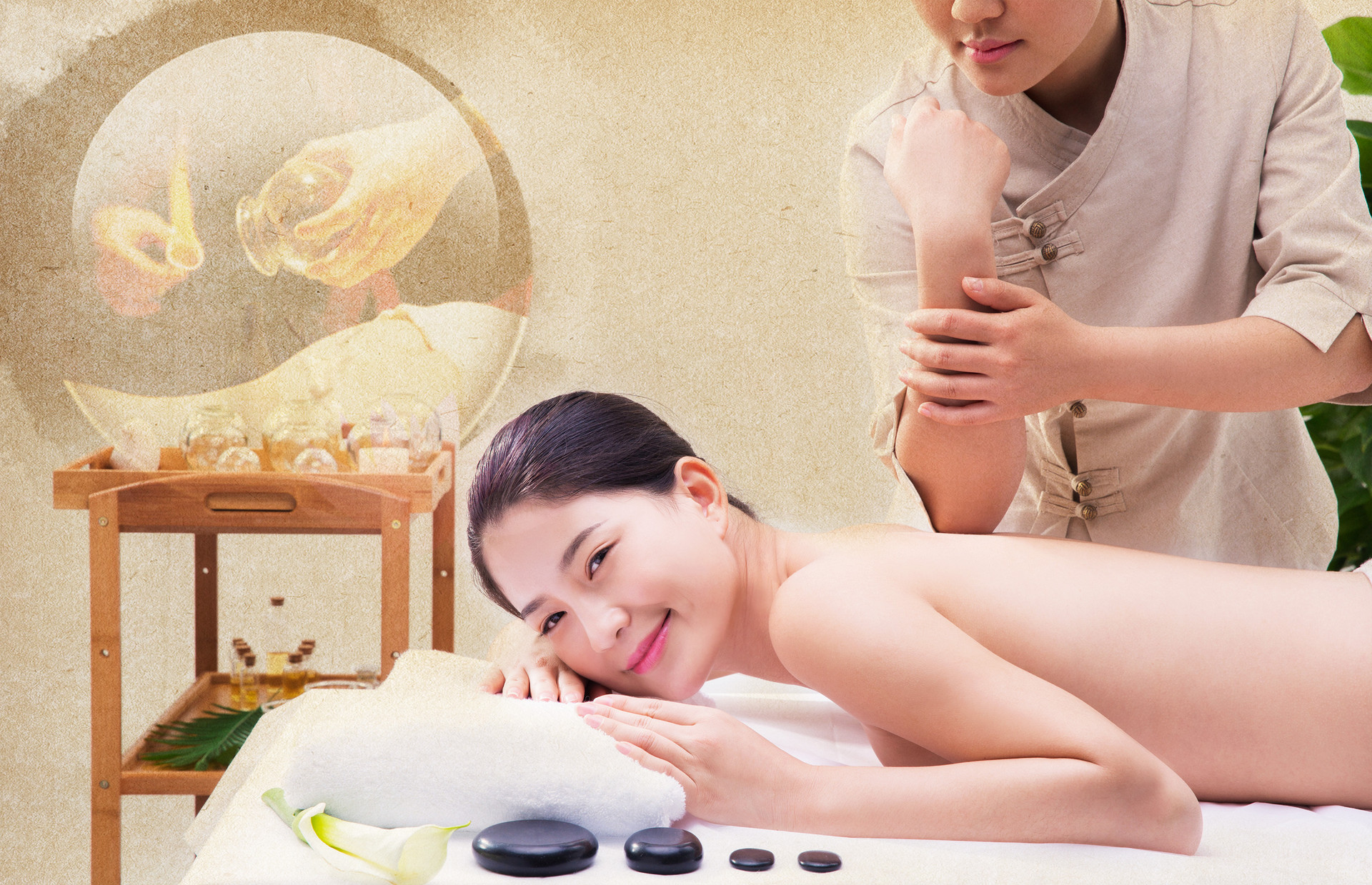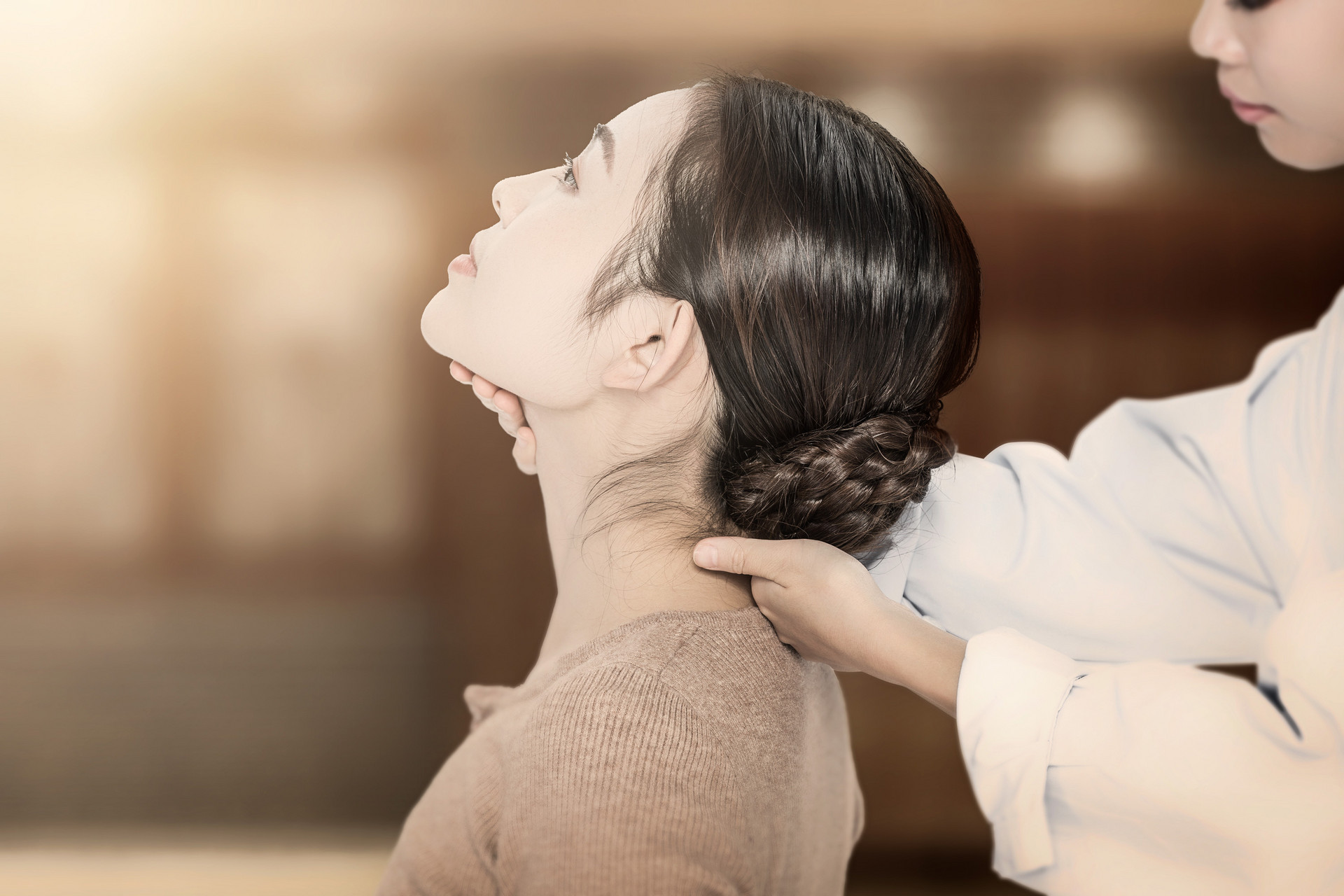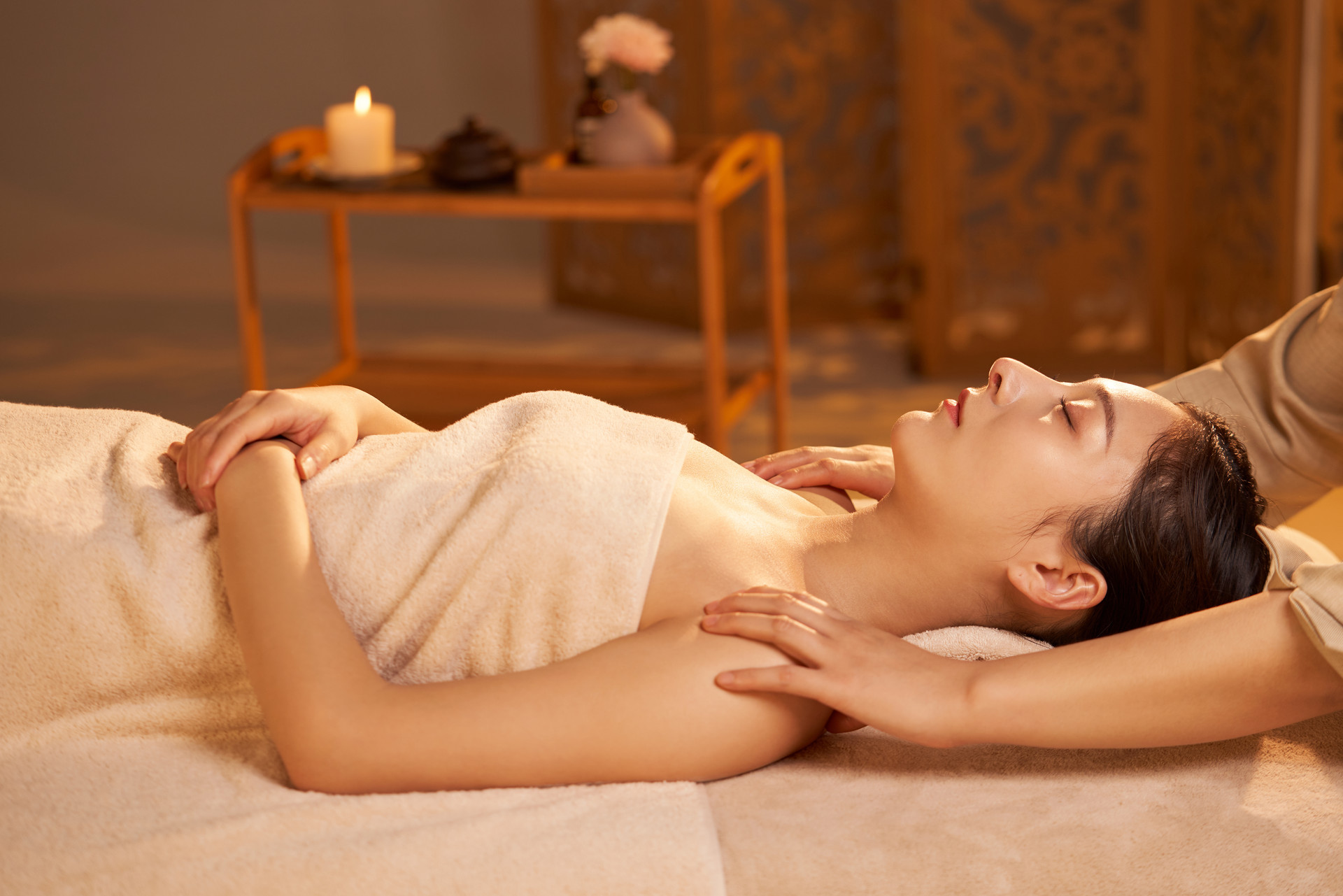Qigong Massage refers to a unique method of treatment that combines qigong and massage. It requires the practitioner to have a certain level of qigong ability and master effective qigong techniques. Qigong Massage has a wide range of therapeutic effects and can be used to treat common diseases, chronic diseases, acute diseases, functional diseases, and organic diseases. Examples include bronchitis, asthma, chronic gastritis, gastrointestinal neurogenic dysfunction, diabetes, hepatitis, nephritis, hypertension, and coronary heart disease in internal medicine; cervical spondylosis, frozen shoulder, rheumatoid arthritis, lumbar disc herniation, various soft tissue injuries and strains, joint sprains, vasculitis, peripheral neuropathy, breast hyperplasia, hyperthyroidism, and patellar softening in surgery; dysmenorrhea, leukorrhea, menstrual disorders, and pelvic inflammatory disease in gynecology; hemiplegia, paraplegia, cerebral palsy in pediatric neurology, trigeminal neuralgia, sciatica, lateral femoral cutaneous nerve neuritis, progressive muscular dystrophy, etc.
【Operational Methods】
1. Common Qigong Techniques
Qigong techniques vary depending on the region and school, but the following are commonly used:
1. Yijinjing: Refer to the content of qigong therapy.
2. Zhoutian Gong: Exclude distractions, focus on the lower abdomen, and aim for the intention to reach the qi. It can be done in a standing or lying position. Exhale deeply, contract and lift the anus, while contracting the lower abdomen inward and upward. When inhaling, imagine that qi from the lower abdomen flows into the perineum, passes through the gate of life, ascends through the Du Channel, reaches the top of the head, and descends to Baihui. Look down slightly and imagine the qi from Baihui descending to the middle of the chest, swallow saliva and guide the qi back to the lower abdomen. Once the qi in the lower abdomen becomes warm, guide it up to the chest, through the hands and fingers, and the palm surface. Then, guide it from the hands to the head through the three yang channels, and return it to the lower abdomen through the throat and swallowing.
3. Natural Gong (Songjing Gong): In a standing or sitting position, relax the whole body, focus on the lower abdomen, and sit quietly for 10 minutes. Start with abdominal breathing and later switch to natural breathing. Use your intention to guide the internal qi to rise, from the chest to the hands, and then from the hands to the back of the head, top of the head, and down to the lower abdomen. Once the qi in the abdomen becomes warm, guide the qi from the lower abdomen to the hands and palms, and release external qi. Then guide the qi back to the lower abdomen through the top of the head.
4. Tai Chi Gong: Slowly perform Tai Chi Quan movements, focus on the lower abdomen, exclude distractions, breathe naturally, touch the tongue to the roof of the mouth, and regulate the nostril breathing. Maintain stable and relaxed stepping and extend the fingertips forward. Use your intention to guide the qi and generate internal force. Retrieve the intention and guide the qi back to the lower abdomen. Practice dynamic movements while maintaining inner calmness and static movements while retaining liveliness. Focus on the lower abdomen, guide the qi from the hands and palms to generate external qi. The palms will have a warm sensation, then end with a static posture and return to the lower abdomen.
5. Palm Gong: Stand or sit, relax the whole body, breathe naturally, focus on the lower abdomen, and then raise the hands with the intention to focus on the Laogong acupoints in the palm. The fingertips should generate a slight internal force, and the palm should radiate external heat. Practice embracing the moon, holding up the sky and snow descending, and swinging left and right (bending and stretching). Guide the qi to the palm, and the fingers will naturally generate internal force. The palm will have a warm sensation as the qi flows out. Retrieve the force inwardly and guide the qi back to the lower abdomen.
2. Qigong Massage Techniques
1. Acupoint Stimulation: Use the thumb, middle finger, or index finger to stimulate the acupoints by pressing them. Start from the fingertips and move towards the acupoints. When the patient feels heat, swelling, or numbness at the acupoints, it is considered sufficient. If there is no sensation, press for 1-3 minutes.
2. Meridian Stimulation: Use the palm or fingertips to stimulate the meridians by applying pressure along the meridians. Maintain the intention to generate qi at the fingertips during the stimulation. The patient should feel a warm sensation and the qi flowing through the meridians.
3. Suspended Stimulation: Hold the palm above the affected area, about 3-15cm away from the body surface or acupoints. Qi is emitted through the palm, directed towards the hands or feet, and slowly moved in that direction. The patient will feel a warm sensation penetrating the skin.
4. Suction Technique: Hold the palm about 3-15cm away from the affected area and emit qi into the area. Focus the intention on merging with the pathogenic qi in the affected area, and then move the palm outward to suction out the pathogenic qi. After suction, use the intention to guide the pathogenic qi out of the palm and release it.
5. Qi Supplementation: Place the palm on the surface of the affected organ or viscera and emit qi into it to replenish any deficiencies.
6. Rubbing the Collaterals: Quickly rub a certain area with the palm to make the patient feel a warm sensation penetrating the meridians and bones. Then apply the palm to the affected area to emit qi, allowing the heat to flow into the meridians and bones.
7. Palm Vibration: Place the palm on the affected area and emit qi through the palm. Then, vibrate the wrist slightly to transmit heat into the body.
8. Shaking Technique: Hold the patient's abdomen and shake it from side to side to create a trembling motion. Repeat several times, then place the palm on the navel and emit qi into it, while instructing the patient to focus on the lower abdomen.
9. Self-circulation Technique: The patient places both hands on the soles of the feet or palms against each other and focuses on the palms and soles. The practitioner stimulates the corresponding meridians to help the patient circulate their own internal qi.
10. Pair Technique
| 1 2 3 > >> >>|



